Year 2
The English curriculum is built around the three interrelated strands of language, literature and literacy. Teaching and learning programs should balance and integrate all three strands. Together, the strands focus on developing students' knowledge, understanding and skills in listening, reading, viewing, speaking, writing and creating. Learning in English builds on concepts, skills and processes developed in earlier years, and teachers will revisit and strengthen these as needed.
In Year 2, students communicate with peers, teachers, students from other classes and community members.
Students engage with a variety of texts for enjoyment. They listen to, read, view and interpret spoken, written and multimodal texts in which the primary purpose is to entertain, as well as texts designed to inform and persuade. These encompass traditional oral texts, picture books, various types of print and digital stories, simple chapter books, rhyming verse, poetry, non-fiction, film, multimodal texts, dramatic performances and texts used by students as models for constructing their own work.
The range of literary texts for Foundation to Year 10 comprises Australian literature, including the oral narrative traditions of Aboriginal and Torres Strait Islander Peoples, as well as the contemporary literature of these two cultural groups, and classic and contemporary world literature, including texts from and about Asia.
Literary texts that support and extend Year 2 students as independent readers involve sequences of events that span several pages and present unusual happenings within a framework of familiar experiences. Informative texts present new content about topics of interest and topics being studied in other areas of the curriculum. These texts include language features such as varied sentence structures, some unfamiliar vocabulary, a significant number of high-frequency sight words and words that need to be decoded phonically, and a range of punctuation conventions, as well as illustrations and diagrams that support and extend the printed text.
Students create a range of imaginative, informative and persuasive texts including imaginative retellings, reports, performances, poetry and expositions.
(source: www.australiancurriculum.edu.au)
Achievement Standard
Receptive modes (listening, reading and viewing)
By the end of Year 2, students understand how similar texts share characteristics by identifying text structures and language features used to describe characters and events, or to communicate factual information.
They read texts that contain varied sentence structures, some unfamiliar vocabulary, a significant number of high-frequency sight words and images that provide extra information. They monitor meaning and self-correct using knowledge of phonics, syntax, punctuation, semantics and context. They use knowledge of a wide variety of letter-sound relationships to read words of one or more syllables with fluency. They identify literal and implied meaning, main ideas and supporting detail. Students make connections between texts by comparing content. They listen for particular purposes. They listen for and manipulate sound combinations and rhythmic sound patterns.
Productive modes (speaking, writing and creating)
When discussing their ideas and experiences, students use everyday language features and topic-specific vocabulary. They explain their preferences for aspects of texts using other texts as comparisons. They create texts that show how images support the meaning of the text.
Students create texts, drawing on their own experiences, their imagination and information they have learnt. They use a variety of strategies to engage in group and class discussions and make presentations. They accurately spell words with regular spelling patterns and spell words with less common long vowel patterns. They use punctuation accurately, and write words and sentences legibly using unjoined upper- and lower-case letters.
(source: www.australiancurriculum.edu.au)
- Plus Plan
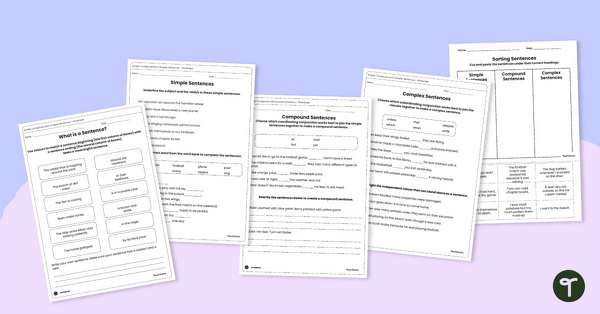
Simple, Compound and Complex Sentences Worksheets
Use this set of five grammar worksheets to teach about the structures of simple, compound and complex sentences.
- Plus Plan
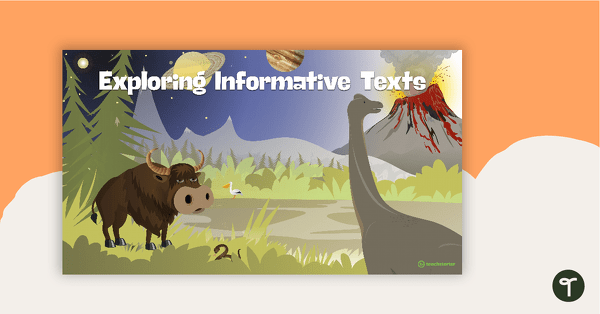
Exploring Informative Texts PowerPoint
A 23 slide editable PowerPoint template to use when teaching your students about the structure and language features of informative texts.
- Plus Plan
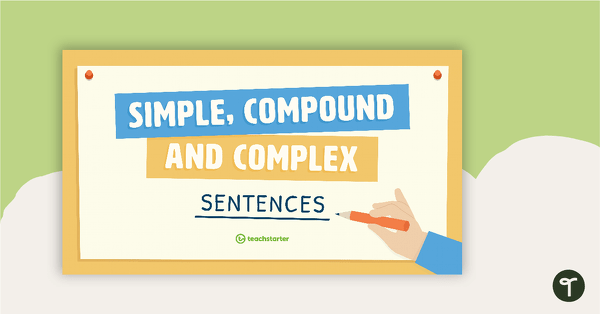
Simple, Compound and Complex Sentences PowerPoint
A 23 slide editable PowerPoint template which introduces the attributes of simple, compound and complex sentences.
- Plus Plan
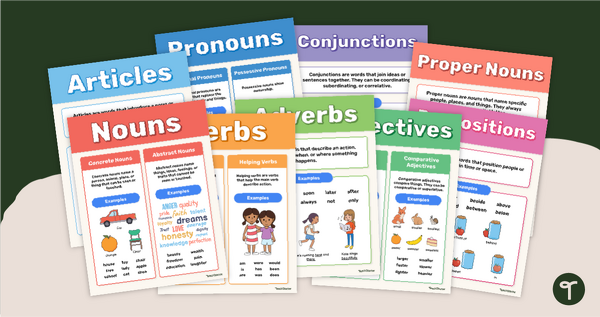
Nouns, Proper Nouns, Verbs, Adjectives, Adverbs and Conjunctions Posters
Enhance student understanding of the 8 parts of speech with these colourful, informative and easily-referenced grammar wall posters.
- Free Plan
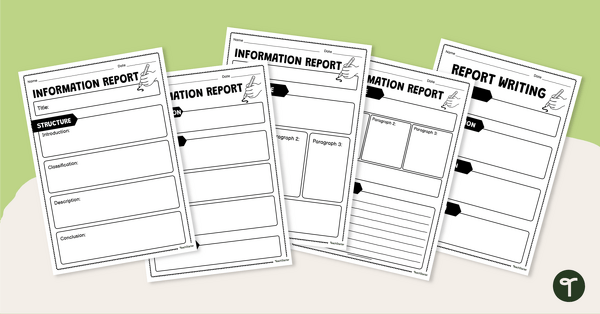
Informative Text Writing Graphic Organiser Pack
Make writing an informative text easy with free graphic organisers for your students!
- Plus Plan
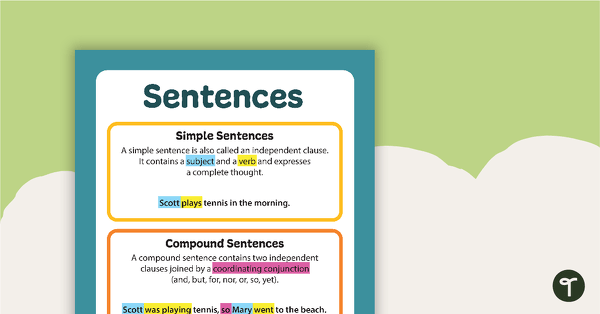
Simple, Compound and Complex Sentences Poster
Use this poster to show your students the attributes that make up simple, compound and complex sentences.
- Free Plan
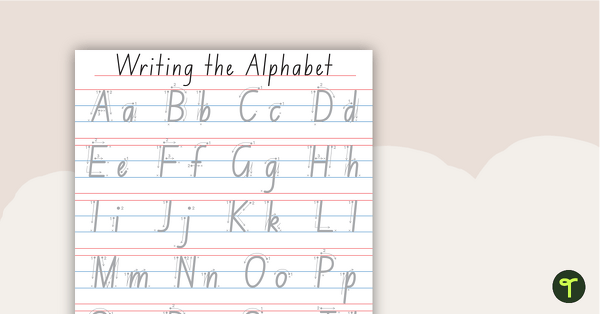
Writing the Alphabet Chart - Tracing
A chart to assist students when learning how to form letters.
- Plus Plan
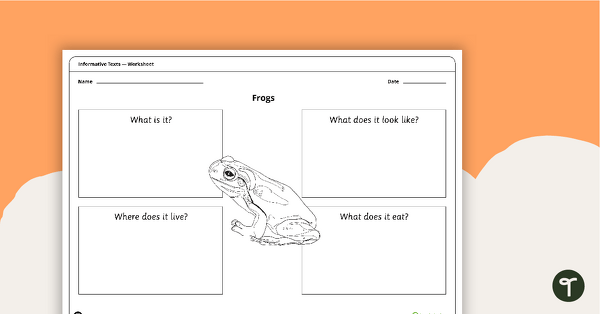
Informative Text Structure - Sorting Activity (Complete Set)
A set of 5 sorting activities to use in the classroom when learning about the structure of informative texts.
- Plus Plan
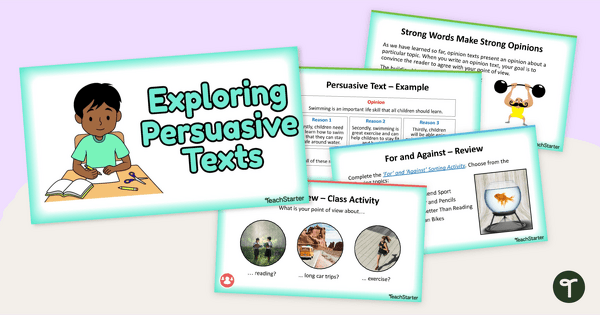
Exploring Persuasive Texts PowerPoint - Year 1 and Year 2
A 35 slide editable PowerPoint template to use when teaching your students about the structure and language features of persuasive texts.
- Plus Plan
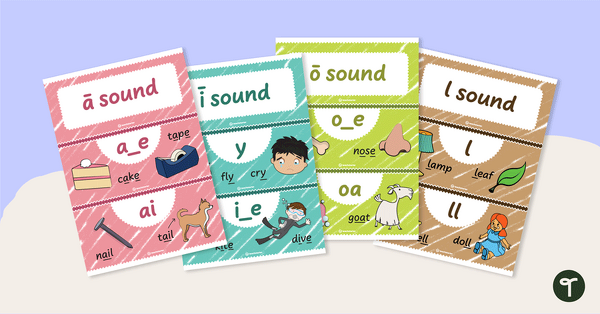
Phonics Sound Wall Display
Build a classroom sound wall to match your phonics programs and literacy progressions with a printable sound wall display.
- Free Plan
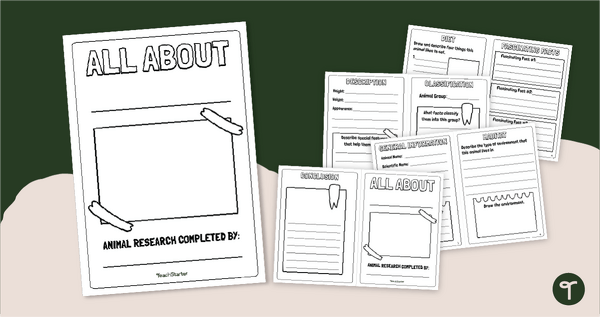
Animal Research Project - Informative Writing Booklet
Use a printable animal research organiser booklet for students to record facts about animals when learning to write informative texts.
- Plus Plan
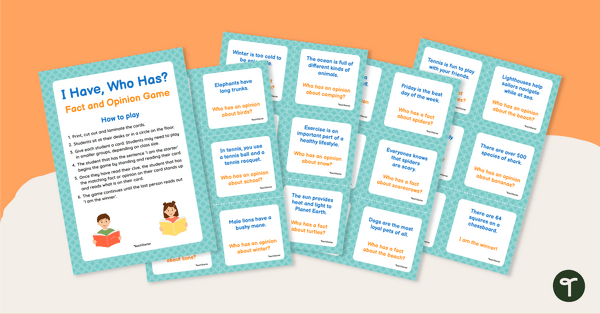
I Have, Who Has? Fact and Opinion Game
A whole class game to help students understand the difference between a fact and an opinion.
- Plus Plan
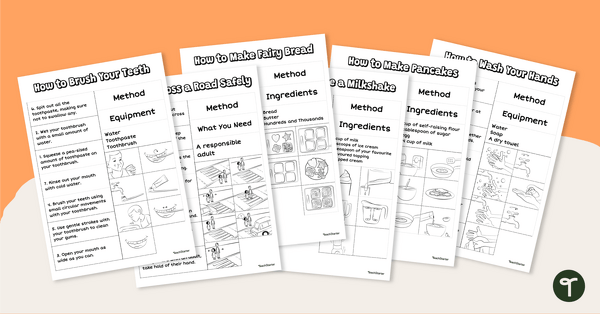
Build a Procedure Text – Cut and Paste Worksheets
Use these different examples of procedure writing to teach your students about the structural features of procedure texts.
- Free Plan
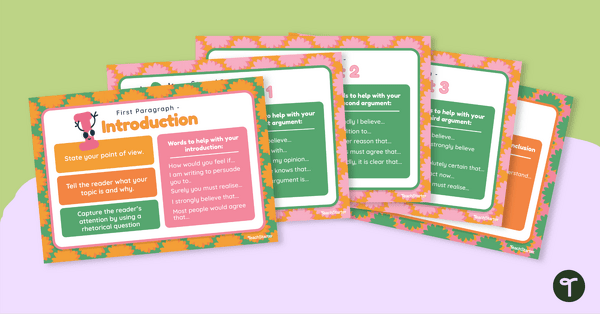
Persuasive Text Structure Posters
Explore the structure of persuasive writing with this set of 15 posters.
- Plus Plan
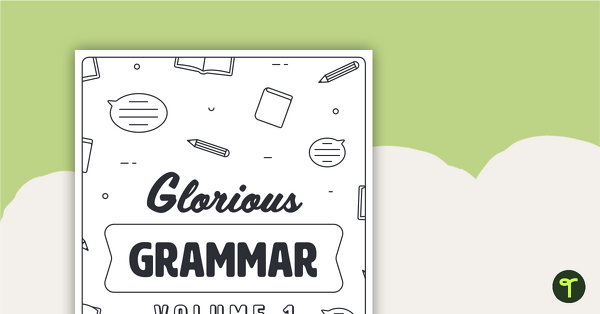
Glorious Grammar (Early Years) Volume 1 – Worksheet Book
A workbook packed with 50 grammar activities for younger years.
- Plus Plan
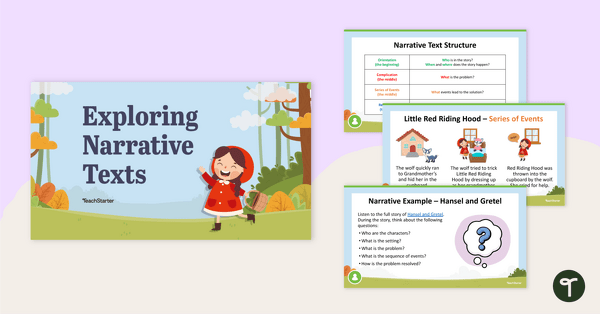
Exploring Narrative Texts PowerPoint
Teach your students about the key elements of narrative texts with this comprehensive teaching presentation.
- Plus Plan
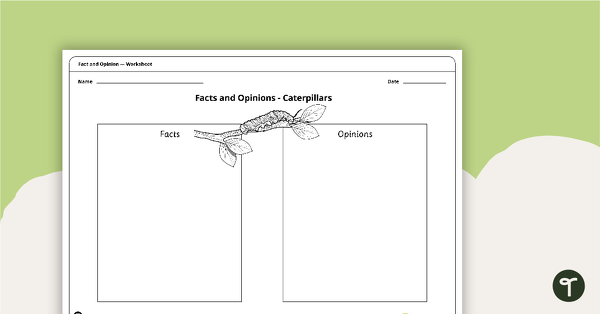
Facts and Opinions - Caterpillars
A fun activity for students to use when identifying facts and opinions about caterpillars.
- Plus Plan
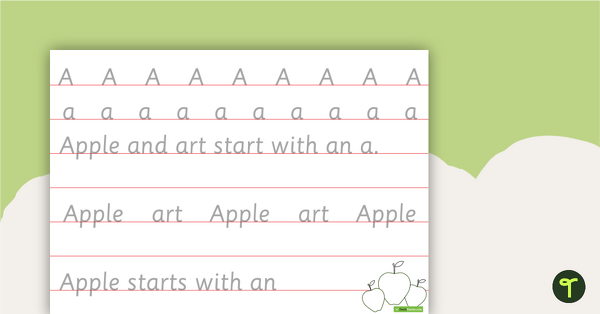
Alphabet Handwriting Sheets - Individual
Handwriting sheets for each letter of the alphabet.
- Plus Plan

For and Against Worksheets
Explore 'for' and 'against' arguments for five different topics with this set of 'for' and 'against' sorting activities.
- Free Plan
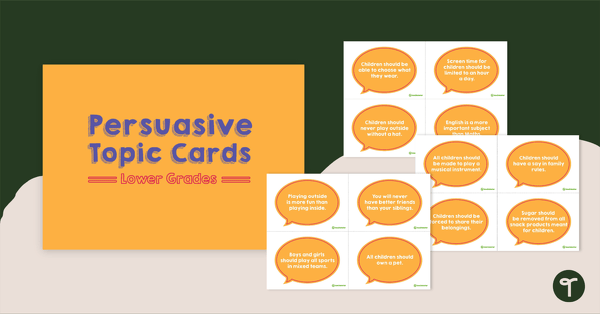
Persuasive Topic Cards - Lower Grades
A set of persuasive topic cards for lower grades.
- Free Plan
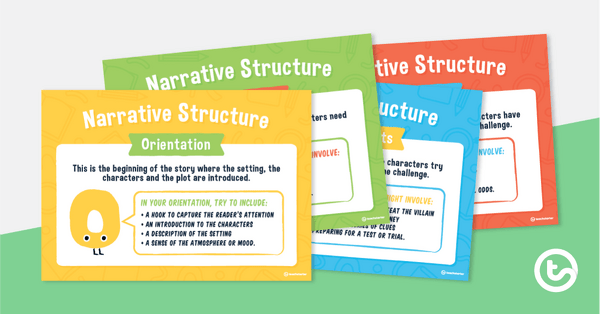
Narrative Text Structure Posters
A set of 8 narrative text structure posters to add to your classroom narrative writing display.
- Free Plan
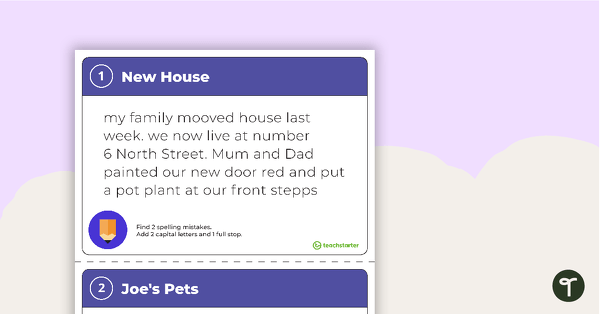
Editing Passage Task Cards - Year 2
A set of 20 editing passage task cards with answers.
- Plus Plan
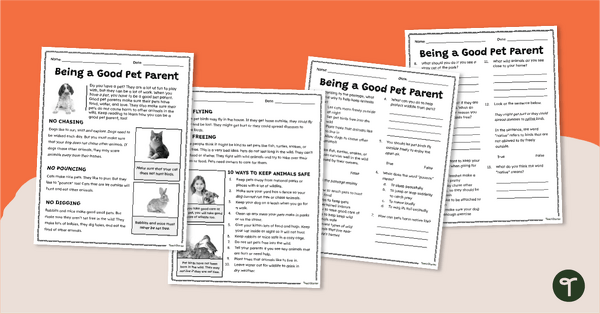
Year 2 Reading Comprehension Test - Being a Good Pet Parent
Build comprehension skills and learn about being a good pet parent by limiting pets' impact on ecosystems with a reading passage and comprehension questions.
- Plus Plan

Introduction to Personal Recounts PowerPoint
An 18 slide editable PowerPoint template to use when teaching younger students about the structure and language features of personal recounts.
- Plus Plan
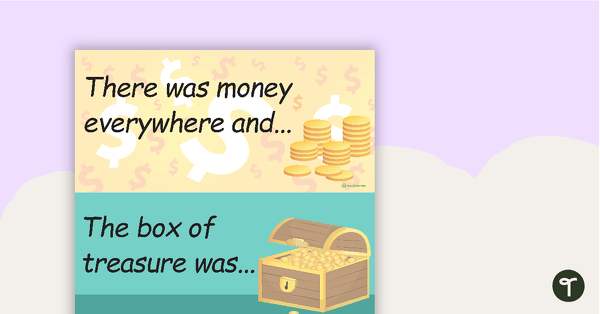
Narrative Sentence Starter Cards
Thirty sentence starter cards for narratives.
- Plus Plan
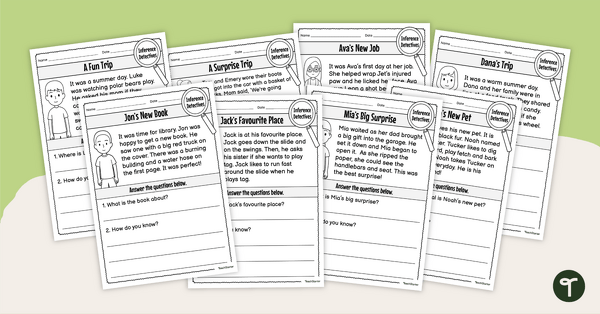
Inference Detectives Worksheet Pack
Guide your students to use personal experiences and text evidence to make inferences with this set of reading worksheets.
- Plus Plan
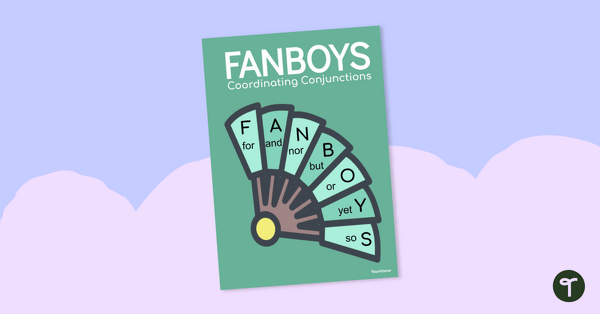
FANBOYS Poster for Teaching Coordinating Conjunctions
Display this grammar poster in your classroom to help students choose appropriate coordinating conjunctions using the acronym FANBOYS.
- Plus Plan
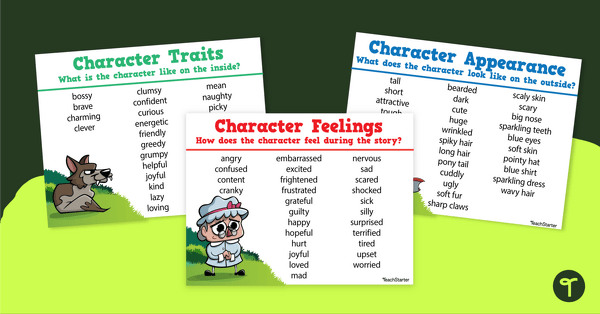
Character Traits, Feelings and Appearance - Posters
A set of 3 posters depicting words and phrases that can be used to describe a character's personality, feelings and appearance.
- Plus Plan
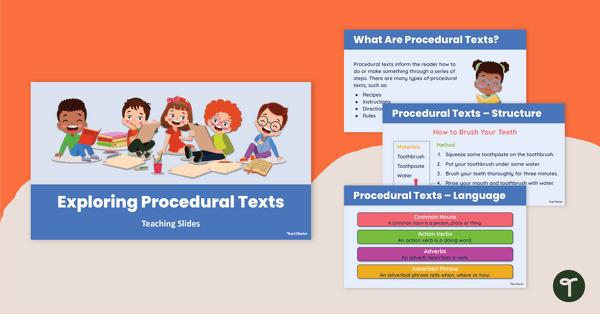
Exploring Procedural Writing Teaching Slides
Teach your students how to write a procedure using this detailed slideshow targeted at lower primary school students.
- Free Plan

Readers' Theatre Script - What's My Pet?
A script which can be used during readers' theatre or Drama sessions, aimed at students 6 years and over.
- Plus Plan

Sequence a Procedure Text – Cut and Paste Worksheets
Use these procedural writing examples to teach your students about sequencing instructions in a logical order.
- Plus Plan

Simple Informative Texts - Writing Scaffold
A simple scaffolding worksheet to use when writing informative texts.